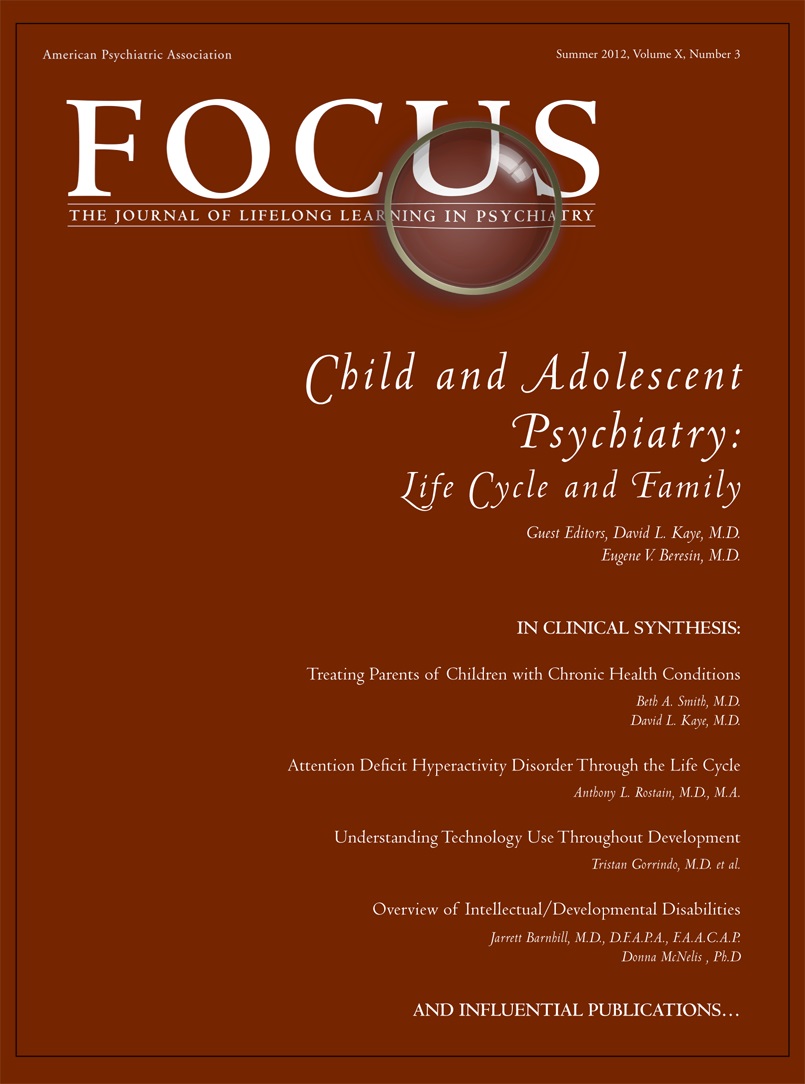Perspectives on Systems of Care: : Concurrent Mental Health Therapy Among Medicaid-Enrolled Youths Starting Antipsychotic Medications
Abstract
Objective: The use of antipsychotic medications among children and adolescents has increased substantially in recent years, predominantly in disorders for which effective psychosocial interventions exist. The authors of this study examined the extent to which youths being prescribed antipsychotic medications were receiving concurrent mental health therapy. Methods: Using administrative data, the authors identified 6,110 Medicaid-enrolled youths starting antipsychotic medications from November 1, 2006, through October 31, 2009, and identified youths who had received any concurrent mental health therapy. Multivariate regression models were used to examine the relationship between concurrent therapy and sociodemographic and clinical variables. Results: Sixty-eight percent (N=4,155) of youths starting antipsychotic medications received concurrent therapy. Multivariate regression findings are that concurrent therapy was more common with younger children, recently hospitalized youths, children from urban communities, youths from racial-ethnic minority groups, children with an antipsychotic-indicated diagnosis, and youths eligible for Medicaid because of family income. Conclusions: The finding that 68% of youths starting antipsychotic medications received concurrent therapy suggests that for a majority of children, these medications complemented rather than substituted for nonpharmacologic interventions. However, with almost one-third of youths not receiving concurrent therapy, a better understanding of the factors contributing to the lack of concurrent therapy for youths starting antipsychotic medications is needed. Children and families should be aware of and have access to effective psychosocial treatments for disorders such as attention-deficit hyperactivity disorder and depression that are common among children receiving antipsychotic medications.
(Reprinted with permission from Psychiatric Services, 2012; 63:351–356)



